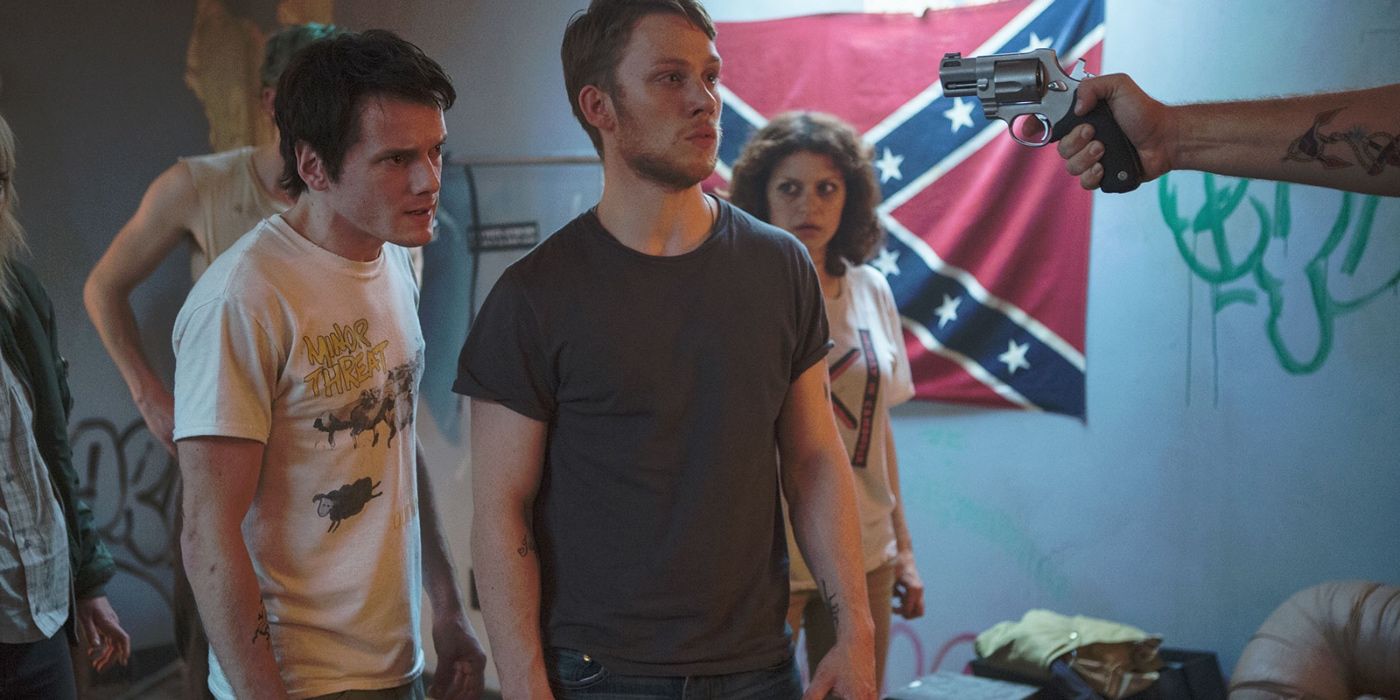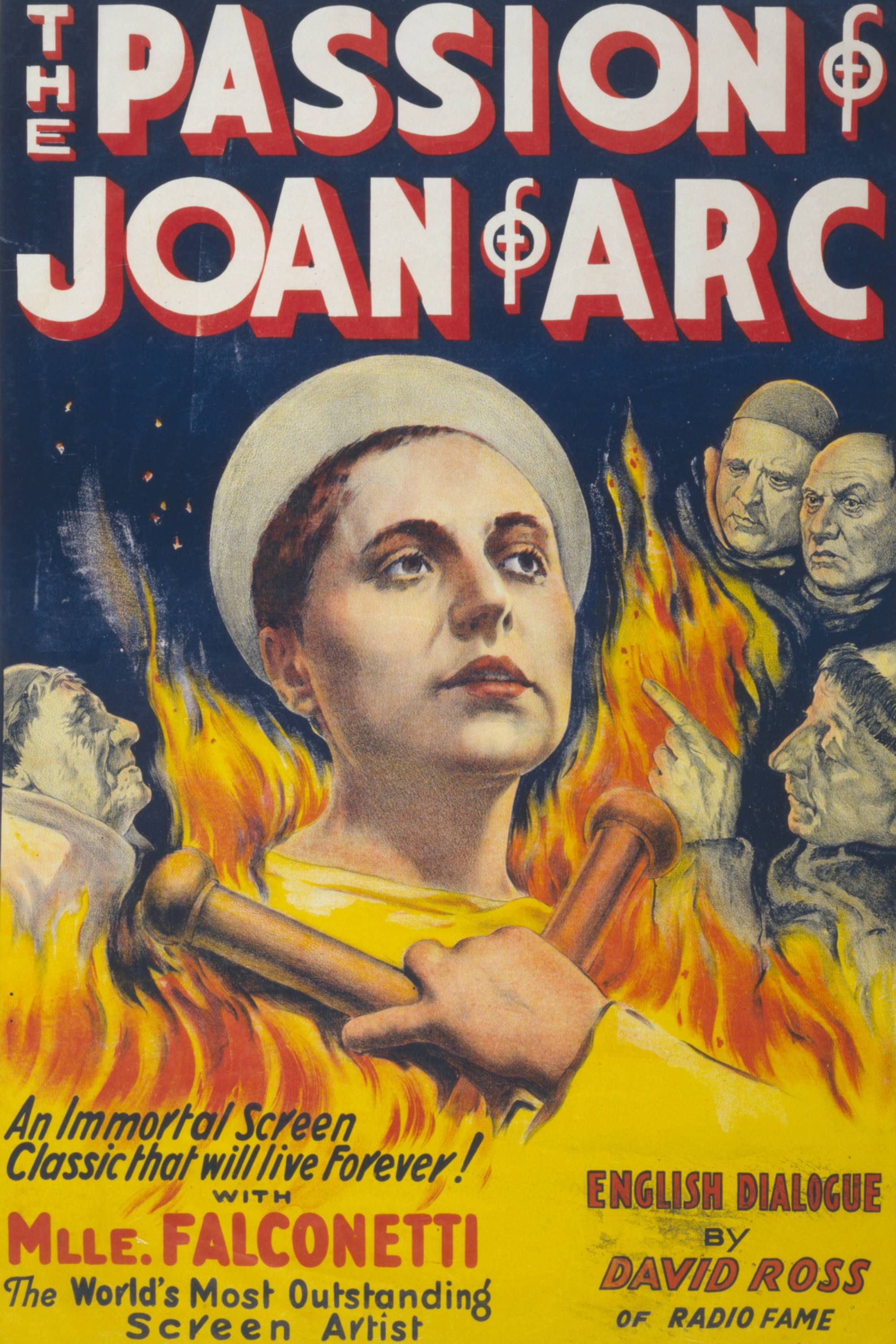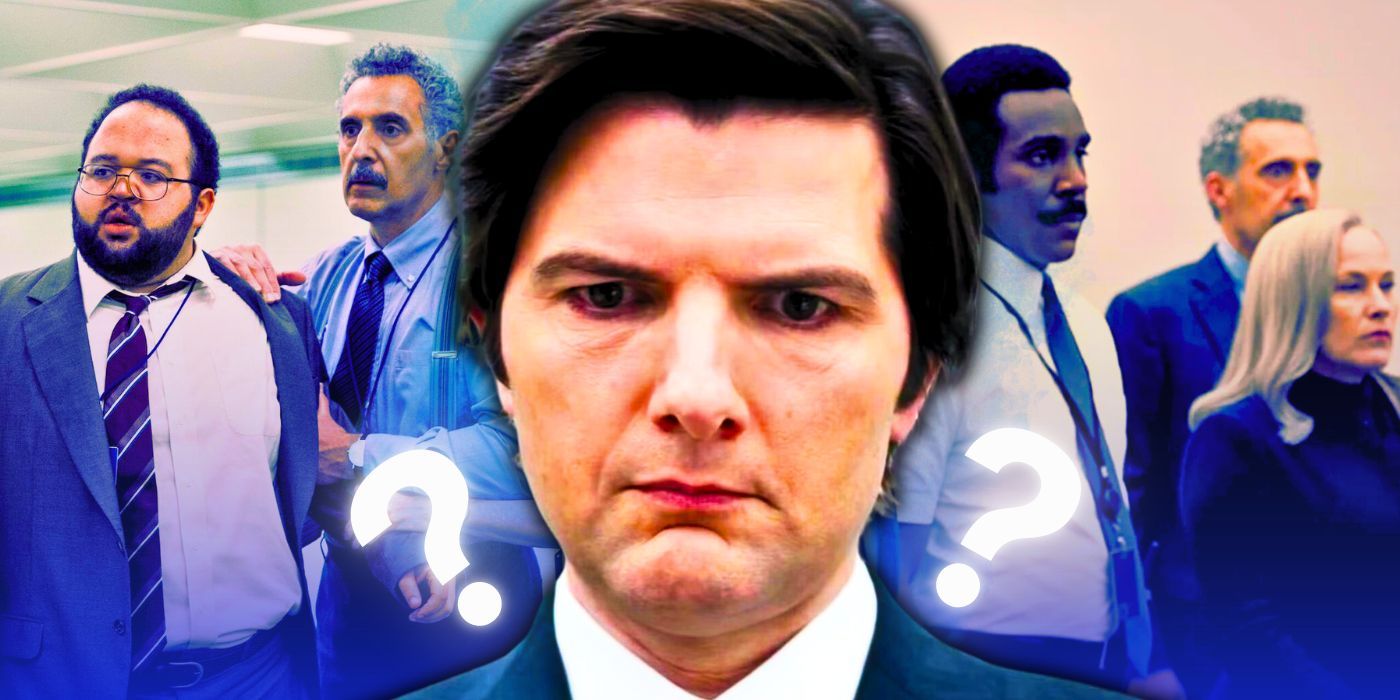Green Room is an intense thriller filled with upsettingly realistic acts of brutal violence, but director Jeremy Saulnier argues that it’s this realism that is meant to put the audience through the experiences of the characters. In this way, the bloodshed serves a larger emotional purpose and the brutality is justified with depth and character development. Saulnier’s film may be uncomfortable to watch, but his directing style strays away from blatant exploitation.
The simple yet nightmarish premise of Green Room is what partially makes the film so disturbing. When a punk band decides to play at a neo-Nazi bar in a last-ditch effort to scrape a bit of income from a failed tour, it’s clear that nothing beneficial is going to emerge from the gig. Jeremy Saulnier has also established himself as a conductor of chaos and hapless circumstances with films like Murder Party, which similarly focuses on a sad but ordinary individual who unknowingly attends a Halloween party filled with killers he must fight his way out of.
Despite the controversial setup, Saulnier treats his subject with patience instead of opting for outright insanity. The protagonists become trapped backstage when they witness a murder because the skinheads are busy meticulously planning every detail to ensure that they cover up their crimes. This allows for more time for the band members to try to figure out their own escape, but with every move to survive they are outwitted by their captors in some way. The result is as psychologically stressful as it is grisly.
Why Jeremy Saulnier Defends Green Room’s Brutality

Although the violence that the characters must endure and commit is harsh and unforgiving, the adrenaline-powered escape is intended to be an unfettered look at a horribly realistic situation. In an interview with /Film, Saulnier stated that he wanted to create relatable characters in a high-pressure environment, which means each kill needs to have a motivation and each death needs to leave an emotional impact. In his own words, he explains:
“As for the violence, because there’s so much brutality in Green Room, and there’s some full-frontal gore, it can be perceived as sensational. But the way I treat it, if you look and scrutinize every moment, it’s very reverent. It’s about these characters. It’s about these kids, these band members, transition into killers. It’s a gut-punch every step of the way. I make it hurt.”
According to the director, the violence is thus a way of grounding the film rather than reveling in excess. He also points out that despite the evil ideologies of the neo-Nazis, none of the murders save for the one that launches the main plot are carried out in a sadistic fashion. The band members kill out of survival, while the skinheads perform their murders with cold calculation rather than psychotic glee. The white supremacists are more concerned with covering their tracks than they are torturing their victims, but it’s this pragmatism that makes them all the more threatening.
This twisted sense of utilitarianism makes the kills in the movie more workmanlike than exploitative, despite their savagery. Saulnier enunciates this by quickly pulling the camera away from moments of violence. The gore is extreme, but the viewer barely has time to process what happened because the camera doesn’t linger on the carnage. The technique helps those watching feel the same panic as the characters struggling to survive. Green Room, for all its unflinching cruelty, isn’t a display of shock value so much as it’s a disturbingly palpable exercise of endurance.




